Next Big Future
Get the latest international news and world events from around the world.
Grok-4 Heavy — Proto-ASI — LifeArchitect.ai LIVESTREAM
Dr Alan D. Thompson

Largest review of antidepressants to date finds most people do not experience severe withdrawal
The largest review of “gold standard” antidepressant withdrawal studies to date has identified the type and incidence of symptoms experienced by people discontinuing antidepressants, finding most people do not experience severe withdrawal.
“Incidence and Nature of Antidepressant Discontinuation Symptoms, A Systematic Review and Meta-analysis” was published in JAMA Psychiatry.
In a systematic review and meta-analysis of previous randomized controlled trials relating to antidepressant withdrawal, a team of researchers led by Imperial College London and King’s College London concluded that, while participants who stopped antidepressants did experience an average of one more symptom than those who continued or were taking placebos, this was not enough to be judged as significant.
Dark matter could create dark dwarfs at the center of the Milky Way
Dark matter is one of nature’s most confounding mysteries. It keeps particle physicists up at night and cosmologists glued to their supercomputer simulations. We know it’s real because its mass prevents galaxies from falling apart. But we don’t know what it is.
Dark matter doesn’t like other matter and may prefer its own company. While it doesn’t seem to interact with regular baryonic matter, it could possibly react with itself and self-annihilate. It needs a tightly-packed environment to do that, and that may lead to a way astrophysicists can finally detect it.
New theoretical research outlines how this could happen and states that sub-stellar objects, basically brown dwarfs, could host the process. The research is titled “Dark dwarfs: dark matter-powered sub-stellar objects awaiting discovery at the galactic center,” and it’s published in the Journal of Cosmology and Astroparticle Physics. The lead author is Djuna Croon, a theoretical physicist and assistant professor in the Institute for Particle Physics Phenomenology in the Department of Physics at Durham University.
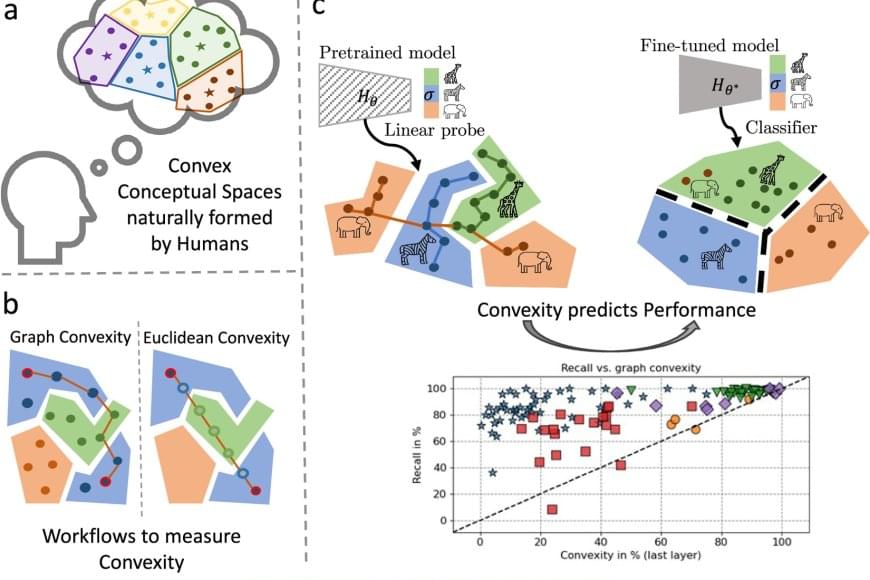
Machines learn like us!
In recent years, with the public availability of AI tools, more people have become aware of how closely the inner workings of artificial intelligence can resemble those of a human brain.
There are several similarities in how machines and human brains work, for example, in how they represent the world in abstract form, generalise from limited data, and process data in layers. A new paper in Nature Communications is adding another feature to the list: Convexity.
“We found that convexity is surprisingly common in deep networks and might be a fundamental property that emerges naturally as machines learn,” says the senior author.
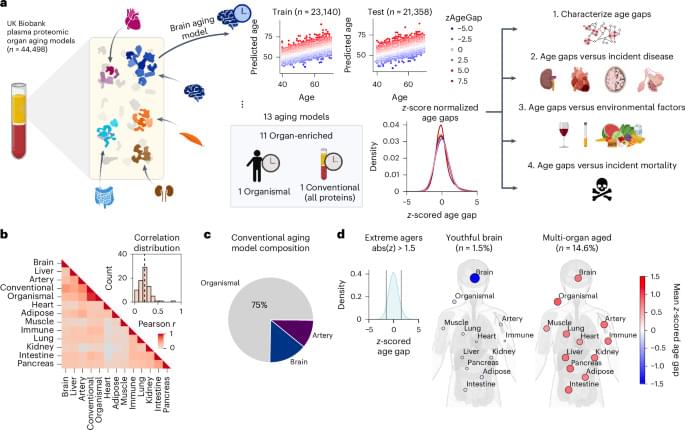
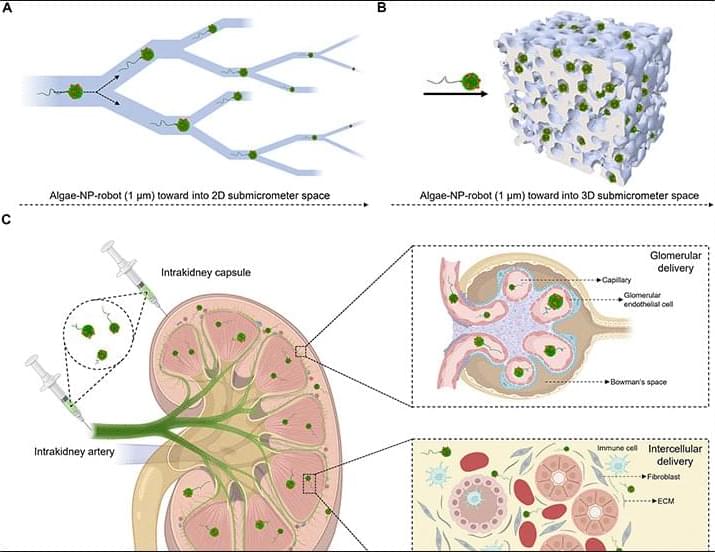

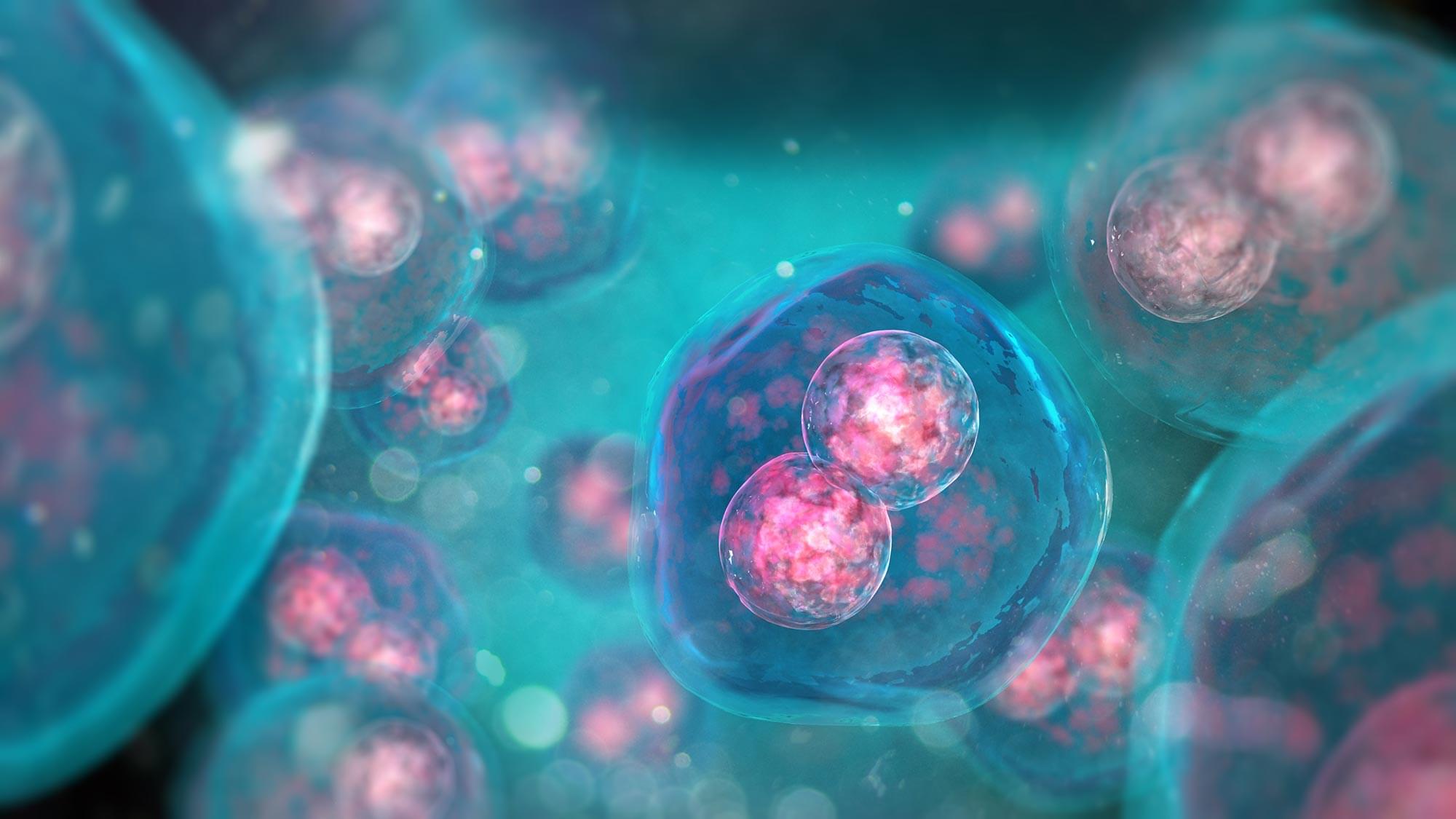
Groundbreaking Biological “Artificial Intelligence” System Could Make Impossible Medicines Real
Australian researchers, including those at the Charles Perkins Centre at the University of Sydney
The University of Sydney is a public research university located in Sydney, New South Wales, Australia. Founded in 1850, it is the oldest university in Australia and is consistently ranked among the top universities in the world. The University of Sydney has a strong focus on research and offers a wide range of undergraduate and postgraduate programs across a variety of disciplines, including arts, business, engineering, law, medicine, and science.
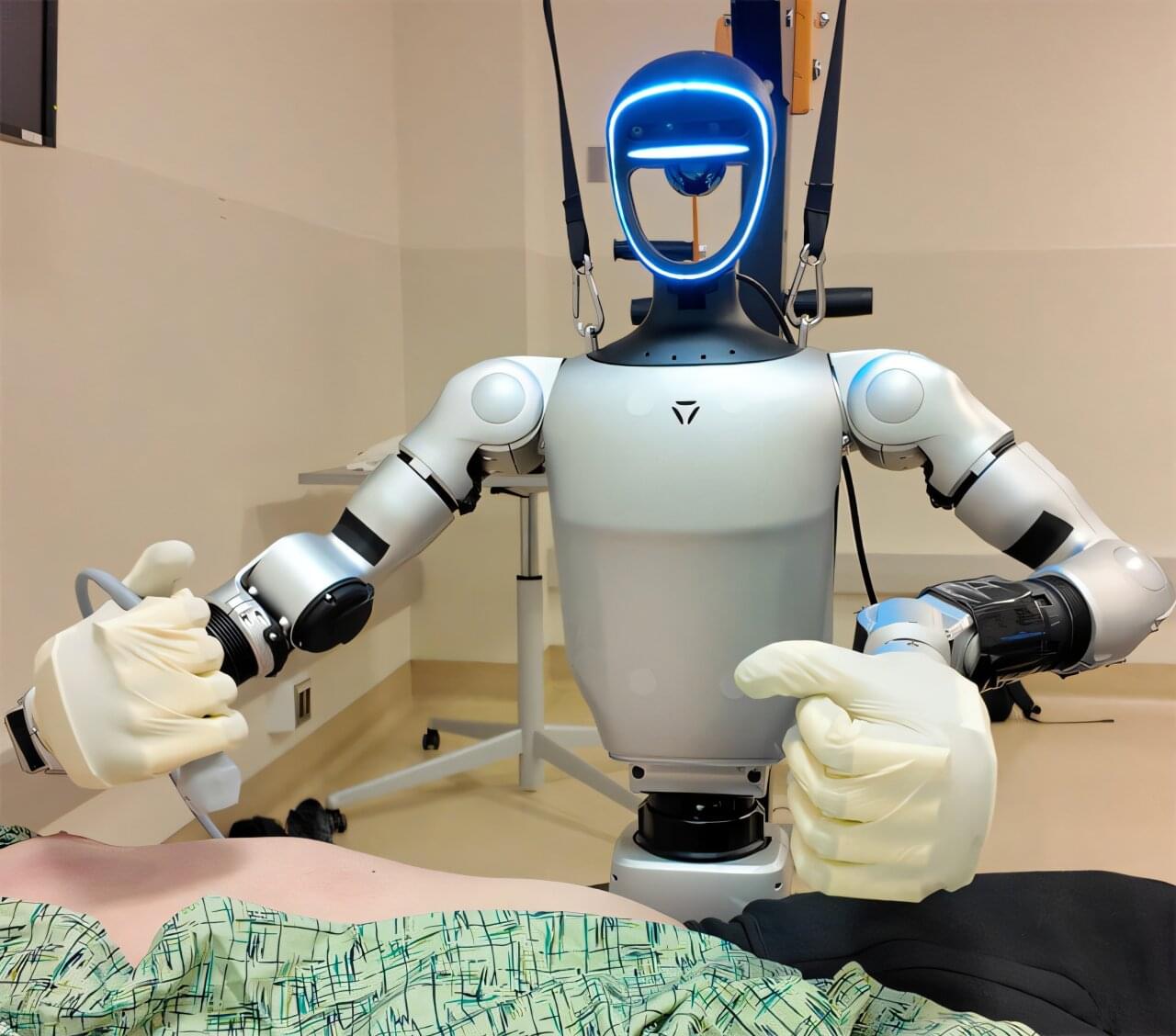
Humanoid robots in the operating room could address surgery delays and staff shortages
As waiting rooms fill up, doctors get increasingly burned out, and surgeries take longer to schedule and more get canceled, humanoid surgical robots offer a solution. That’s the argument that UC San Diego robotics expert Michael Yip makes in a perspective piece in Science Robotics.
Today’s surgical robots are costly pieces of equipment designed for specialized tasks and can only be operated by highly trained physicians. However, this model doesn’t scale.
Despite the drastic improvements in artificial intelligence and autonomy for industrial and humanoid robots in the past year, these improvements haven’t translated to surgical robots.